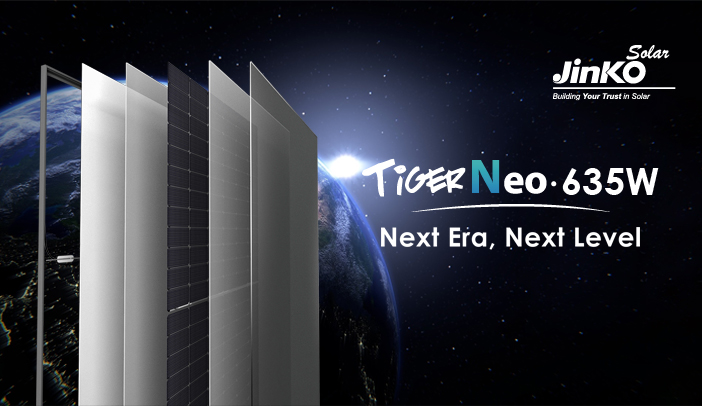- Community solar is a solar photovoltaic (PV) project that has been constructed to service the energy needs of a dedicated community at a specific location.
- The solar PV system typically made up of a solar array plus battery energy storage, can be community owned, managed and maintained or it can be owned by an independent power producer (IPP) who takes care of the system.
The community can take the form of a gated residential estate, a village or a business park. Basically, any collection of energy users. The location of the system can be onsite or nearby.
In most cases, the system also includes the distribution of energy to each community members’ place of use in a complete microgrid system which includes metering and billing where applicable.
These days community solar PV system are design to self-manage using artificial intelligence. They can be completely off-grid or connected to the local grid network.
There are various types of community solar systems. Members can either buy or lease a portion of the solar panels in the array or they can pay on demand if the system is independently owned by an IPP. The system can be ground mounted or in the case of an on-site multi-unit residential community, each member can benefit from the energy produced from the rooftop solar system.
When it comes to subscribing to community solar programs, there’s no one-size-fits-all approach because of varying laws and regulations.
Legislative requirements
Check with your local town or city council plus the energy regulator if there are legislative requirements for a community solar system. It is also not uncommon for a country’s energy utility or a city council to build, own and operate a community solar PV system dedicated to a specific community.

South Africa’s state owned energy utility, Eskom, installed a community solar microgrid at Swartkopdam. Image credit: Eskom
What are the Customer Benefits of Community Solar?
Community solar allows everyone to benefit from solar energy, even if they can’t put panels on their roof. In areas where solar power is less expensive than traditionally generated electricity, consumers can save money on their monthly bills. It is also a solution to reliable electricity supply in countries where supply from the national grid is limited or unreliable.
Community solar in rural areas can also provide energy access to first time users. In some cases, it may be more cost effective for an energy utility or an electricity service provider to build a community solar system in areas which is not covered by their transmission network.
Author: Bryan Groenendaal

















